This is the minimum house temperature to avoid damp, mould and condensation
We explain how low you can go with your heating to keep costs down but also your home damp and mould free
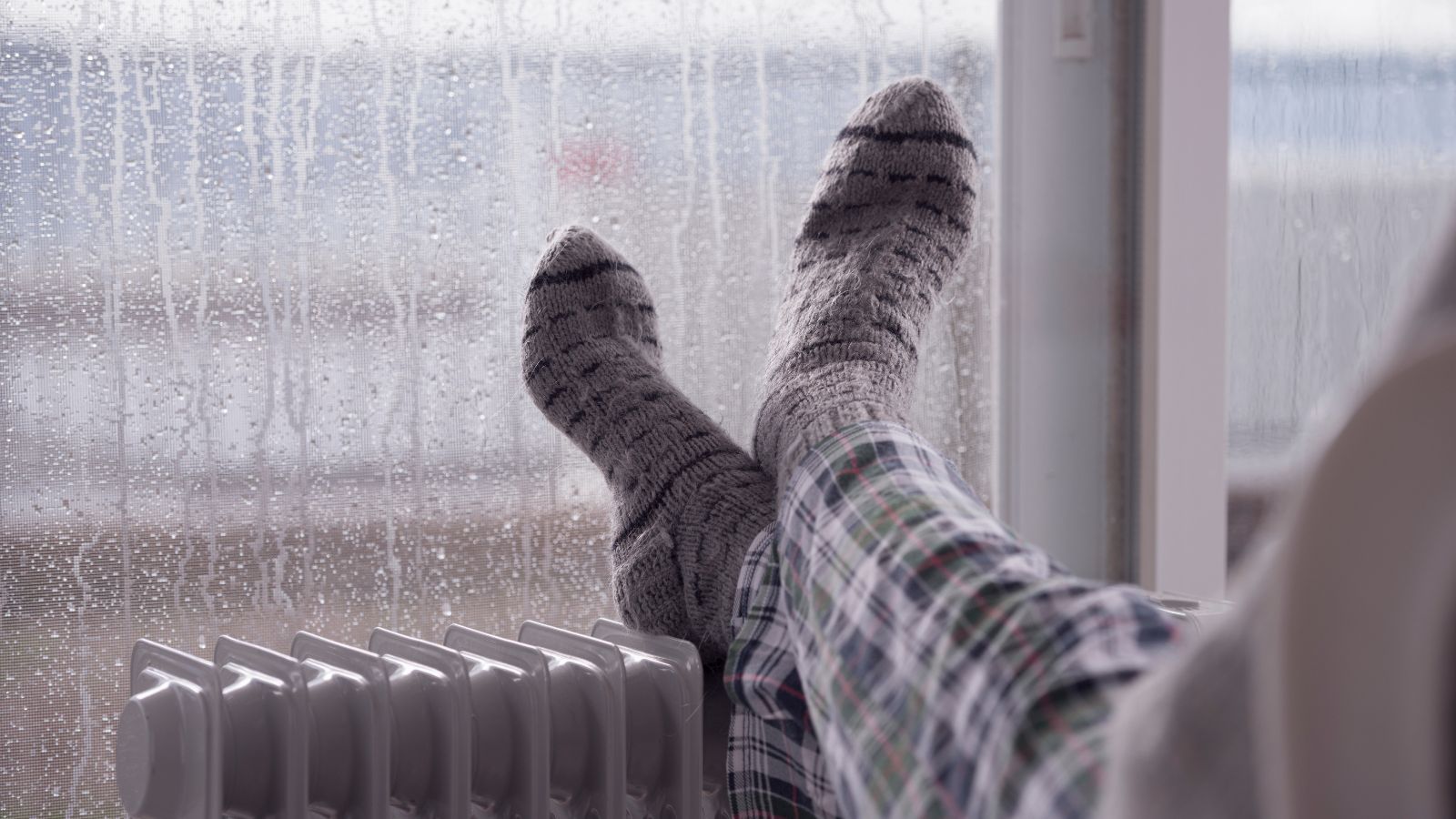
Winter can be hard on homes, as cold temperatures and rising humidity create the ideal conditions for damp, condensation, and mould to take hold. These problems can damage your property and even harm your health. Fortunately, experts agree that maintaining a consistent minimum indoor temperature can help you stay in control and keep these issues at bay.
By keeping your heating above a recommended baseline and taking simple steps like managing humidity and improving ventilation, you can make a significant difference, while keeping down the cost of your home's energy consumption. To guide you, we’ve consulted energy and health experts to uncover the ideal minimum temperature for preventing damp and condensation, alongside actionable advice on insulation, ventilation, and moisture management.
Armed with these expert-backed tips, you’ll be able to safeguard your home against moisture-related problems while enjoying a warm and dry living space this winter.
The minimum house temperature for a home
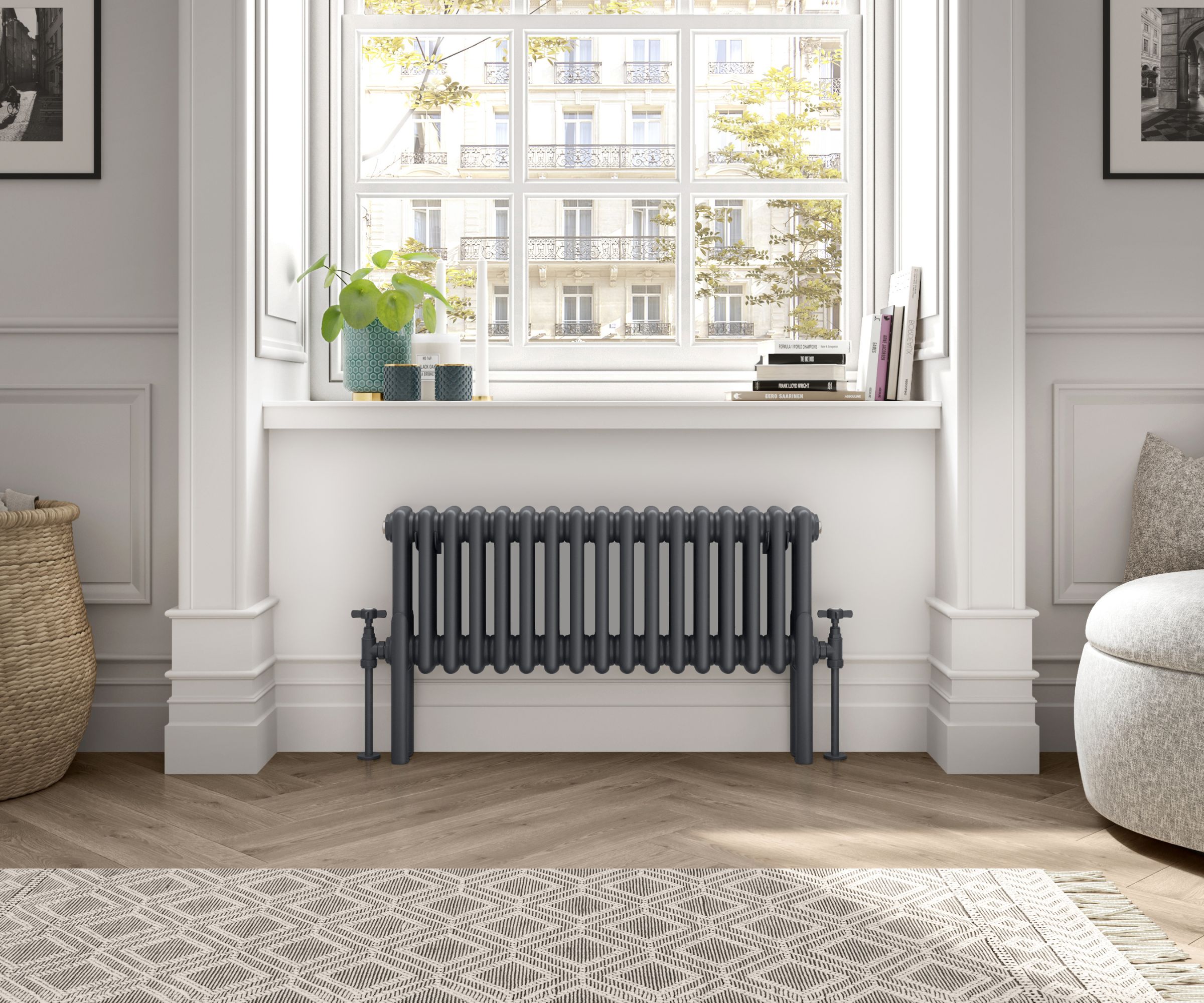
The minimum house temperature your home should be kept at to avoid damp, mould and condensation is 18°C, according to health and energy experts.
Reports from The World Health Organisation (WHO), the UK Government, and The Energy Saving Trust all agree that during winter your home should be kept between 18 to 21°C while in use, as this range strikes a good balance between comfort and energy efficiency.
While it may be tempting to reach for a woolly jumper rather than turning up the heating, allowing temperatures to remain below 18°C can increase the risk of health issues and may lead to dampness or damage to your home's materials over time. Hayley Janssen, public health researcher at Public Health Wales, expands on this: "[The] Welsh Government currently advise households to set temperatures to 21°C in the living room and 18°C in other rooms for nine hours in every 24-hour period on weekdays, and 16 hours in a 24-hour period on weekends".

Dr Hayley is a public health researcher at Public Health Wales. She completed a PhD in Public Health Nutrition at Liverpool John Moores University and has written extensive reports on heating homes for health and wellbeing.
Keeping your home free from damp and mould
When a home's ambient temperature dips under 15°C for prolonged periods, condensation can start to form, leading to damp and eventually mould if the conditions are right.
According to a November 2024 public health report by Bangor University, "Spending less on heating homes creates cold and damp conditions, which can compound existing poor quality or poorly insulated housing and negatively affect health."
The report states, "Indoor temperature alone is just one aspect of healthy indoor conditions. Also relevant are ventilation, condensation, mould growth, particulate matter and damp."
Expanding on these principles, Dan Hopcroft, Zero Carbon Homes Director at EDF energy, explains the importance of a multi-pronged approach to combating damp and mould: "As the internal air temperature alone does not prevent damp and mould, we would advise customers to heat and maintain their homes at a steady rate between 18°C to 21°C as well as insulating a home and ensuring good ventilation. This should allow the majority of people to feel warm in their home and provides appropriate conditions to help prevent damp and mould."
Here are 5 ways to keep your home free from damp and mould:

Dan Hopcroft is responsible for both the development and sales of EDF's zero carbon proposition, plus meeting EDF's government obligations on ECO and the Great British Insulation Scheme.
1. Use smart devices to lower temperatures in less used areas
Fluctuating indoor temperatures can lead to condensation on windows, mirrors, and external walls. The key to preventing this is maintaining a consistent ambient temperature throughout your home. Smart home technology, such as responsive thermostats and thermostatic radiator valves (TRVs), makes this easier than ever, giving you precise control over your heating.
Joanna O'Loan, knowledge manager from The Energy Saving Trust, explains: "Installing thermostatic radiator valves (TRVs) lets you control how much hot water flows through your radiators. This is a great way of making sure that you’re only heating the rooms you use."
Joanna explains that setting lower temperatures in less-frequented areas like hallways and maintaining warmth in key spaces, such as bedrooms or living rooms, helps prevent the development of cold spots that could lead to damp or condensation.
Similarly, many smart thermostats provide real-time insights into your energy usage, helping you make informed adjustments to reduce your energy costs while maintaining a consistent and comfortable indoor temperature. These tools not only make your home more energy efficient, but they also help maintain the dry, warm conditions needed to keep damp and condensation at bay.

As part of her role in the insight and evaluation team, Joanna O’Loan makes sure the Energy Saving Trust translates energy efficiency and low carbon research into practical and consistent actionable advice for UK homeowners.
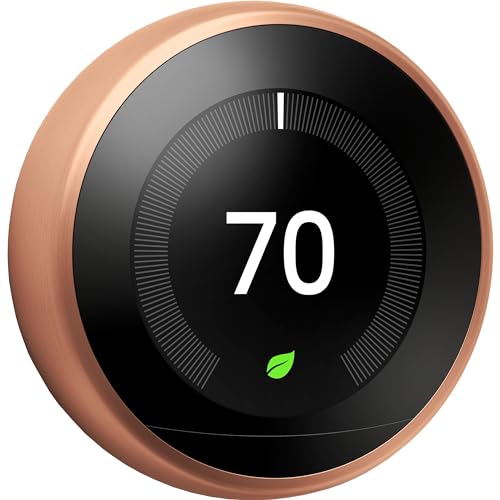
This stylish, energy-saving thermostat learns your schedule, adjusts automatically, and offers easy app control for a smarter home.
2. Ensure your home is well insulated and free from draughts
"To improve heat retention and reduce heat loss, it’s important to ensure your property is properly insulated," explains Dan Hopcroft from EDF Energy. "Things like wall insulation, newer windows and doors and additional loft insulation all help to lower the heat loss of the home. A typical home without insulation can lose 33% of its heat through its walls and 25% through the roof, and installing cavity and loft insulation alone could save up to £790 per year on energy bills."
“Another hidden culprit is poorly insulated floors," explains Chloe Barrow, an interior expert from Laura James. “We always remember to check doors and windows, but floorboards are so often forgotten. Even a small draught can counteract the effect of ambient heating making your home feel colder than it should in winter.”
To identify draughts in your home, Chloe suggests running your hand along gaps in floorboards and doors. “If you notice a chill, applying draught-proofing tape or sealant is an inexpensive fix. For larger gaps, using a floor filler or draught excluder can prevent cold air from seeping in and keep your home cosy.” This affordable Silicone Seal Strip tape from Amazon is transparent, easy to use and can be applied to doors and windows to help reduce draughts. Simply cut it to the length required and attach in place then wipe the edges with a cloth to make it stick more firmly.
If you’re unsure where to start, our comprehensive guide to types of home insulation provides all the information you need.
3. Make sure you have good ventilation
Even in a warm house, inadequate ventilation can lead to moisture buildup, creating the perfect conditions for mould to thrive. Passivhaus homes tackle this challenge with MVHR (Mechanical Ventilation with Heat Recovery) systems, which bring in fresh air while retaining warmth, effectively reducing the risk of condensation or mould.
For homes without MVHR, natural ventilation methods like opening windows or using trickle vents are effective alternatives, allowing moist air to escape. A simple habit, known as 'house burping' – opening windows and doors for just 5–10 minutes a day – can also improve air circulation and help prevent condensation, even during the colder months.
Similarly, extractor fans in kitchens and bathrooms are essential for removing moisture directly at the source. These fans help ventilate the most humid areas of your home, reducing the risk of condensation and mould.
4. Stop blocking heat sources with furniture
"A common mistake we see with clients all the time is furniture or curtains positioned too close to the radiators," says Chloe Barrow from Laura James. "While it might seem practical to have furniture near a heat source, these items can actually absorb a significant amount of warmth that would otherwise circulate through the room."
Chloe recommends rearranging furniture to leave a few inches between the radiator and nearby items, allowing heat to flow unimpeded.
5. Monitor and manage your home's humidity levels
Even if your home maintains the recommended ambient temperature of 18°C during winter, high humidity can still create ideal conditions for mould to thrive. Thankfully, keeping your home humidity levels under control is easier than you might think. A hygrometer allows you to monitor indoor moisture levels, helping you maintain the recommended level of below 60% to keep your home dry and healthy.
If humidity does creep up, a dehumidifier is an excellent tool for reducing excess moisture, especially in poorly ventilated spaces like bathrooms or utility rooms. It’s also important to limit activities that add unnecessary moisture to the air. Drying laundry indoors or hanging wet washing on radiators can significantly increase humidity, so consider using a tumble dryer or dehumidifier to dry clothes.
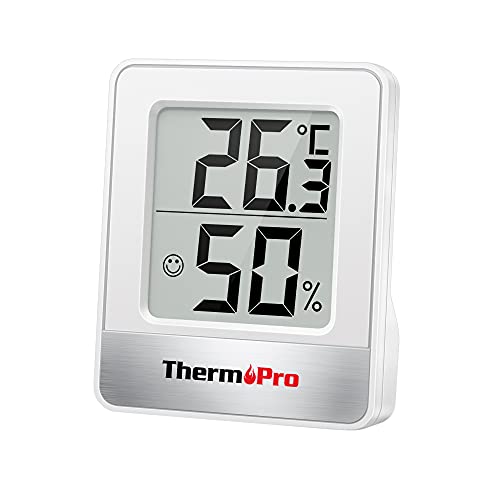
This affordable hygrometer refreshes every 10 seconds to keep you up to date with the latest changes in temperature and humidity readings.
FAQs
What are some simple ways to maintain a consistent ambient temperature?
Alex Taylor, Senior Technical Specialist at NHBC, offers the following advice for maintaining a consistent ambient temperature in your home:
- Experiment with your thermostat, you may find the home is comfortable at a slightly lower temperature.
- Don’t leave windows or doors open longer than necessary. While ventilation can be important to help reduce damp and mould, close doors and windows after ventilating a room.
- Use draft excluders on external doors where there may be gaps. But not on internal doors as the gap at the bottom is intended to allow fresh air to move through the home.
- Use lined curtains to keep the warmth in and close the curtains when it gets dark.
- Ensure your radiators are bled so they can work to full capacity and service your heating system every year to help it run efficiently and extend its life.
Alex is a Senior Technical Specialist at NHBC, the UK's leading provider of warranty and insurance for new homes. The NHBC is committed to supporting the Government’s ambition to achieve net zero carbon by 2050.
Is it better to leave the heating on all day rather than turning it off and on?
According to The Energy Saving Trust, the answer to this question will depend on whether or not your home is heated by a boiler or by a heat pump. They state: "If you have a boiler, then no – keeping your heating on all the time will use more energy and cost you more money. It’s more energy efficient, and better for your bills, to have your boiler come on when you need it. However, if you have a heat pump, you can save money by leaving the heating on all day."
Alex Taylor, Senior Technical Specialist at NHBC, expands on this advice: "We suggest you heat your home evenly and consistently. Ideally, you shouldn’t leave your heating off all day, as when you return home in the evening and start cooking or washing, moist warm air will be created, which will settle on the cold surfaces and create condensation, which could contribute to damp and mould. Programme your central heating to come on shortly before you return instead."
Can freezing temperatures kill mould?
While keeping a room cold might seem like a solution to a mould problem, it’s neither practical nor healthy. Reports from the The World Health Organisation (WHO) and the UK Government highlight the significant health risks of prolonged exposure to cold indoor temperatures, including respiratory issues and cardiovascular strain.
Freezing temperatures can temporarily stop mould growth, but they don’t eliminate it entirely. In extreme cold, mould becomes dormant, unable to grow or spread. However, the spores remain resilient and can survive freezing conditions. Once temperatures rise and moisture returns, the mould can quickly reactivate and thrive again.
By maintaining a consistent indoor temperature, improving insulation, and managing humidity, you can create a warm and healthy home this winter. These simple steps will protect your property from damage and ensure a more comfortable living environment for you and your family.
Get the Homebuilding & Renovating Newsletter
Bring your dream home to life with expert advice, how to guides and design inspiration. Sign up for our newsletter and get two free tickets to a Homebuilding & Renovating Show near you.

Gabriella is an interiors journalist and has a wealth of experience creating interiors and renovation content. She was Homebuilding & Renovating's former Assistant Editor as well as the former Head of Solved at sister brand Homes & Gardens, where she wrote and edited content addressing key renovation, DIY and interior questions.
She’s spent the past decade crafting copy for interiors publications, award-winning architects, and leading UK homeware brands. She also served as the Content Manager for the ethical homeware brand Nkuku.
Gabriella is a DIY enthusiast and a lover of all things interior design. She has a particular passion for historic buildings and listed properties, and she is currently in the process of renovating a Grade II-listed Victorian coach house in the West Country.
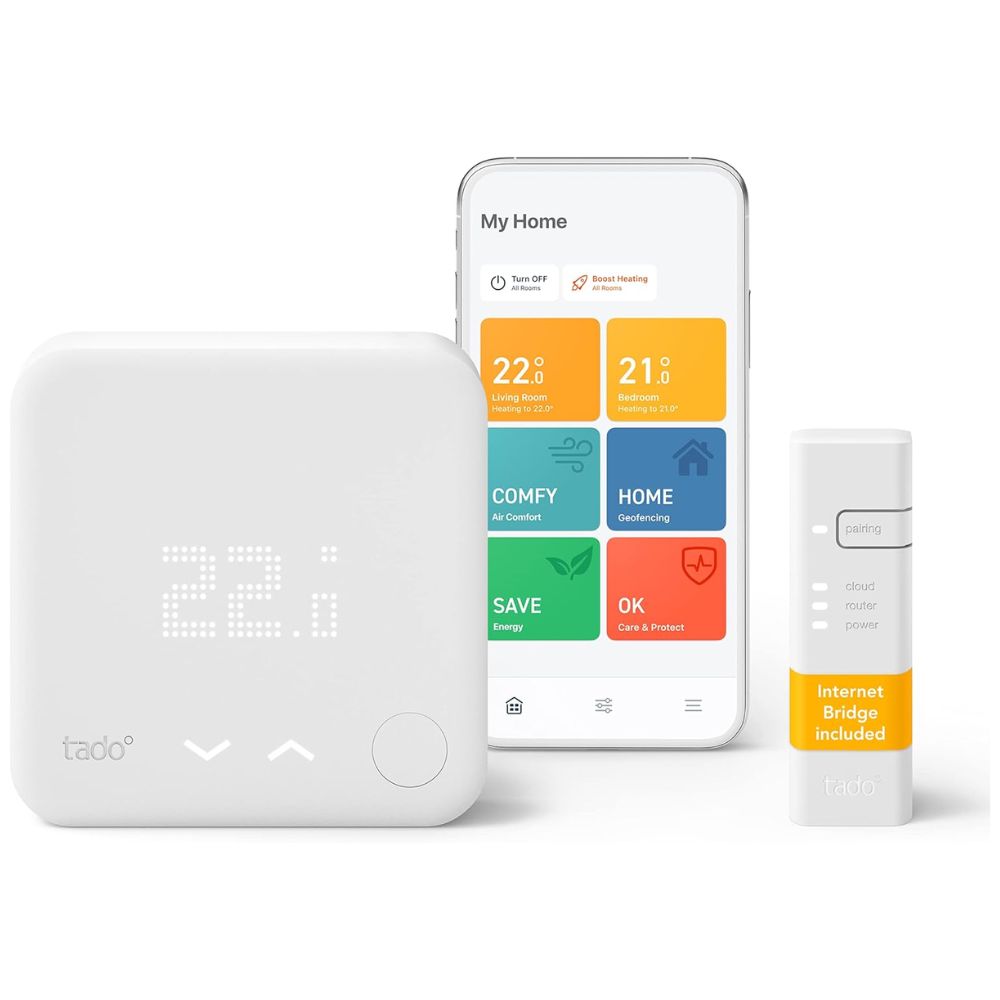
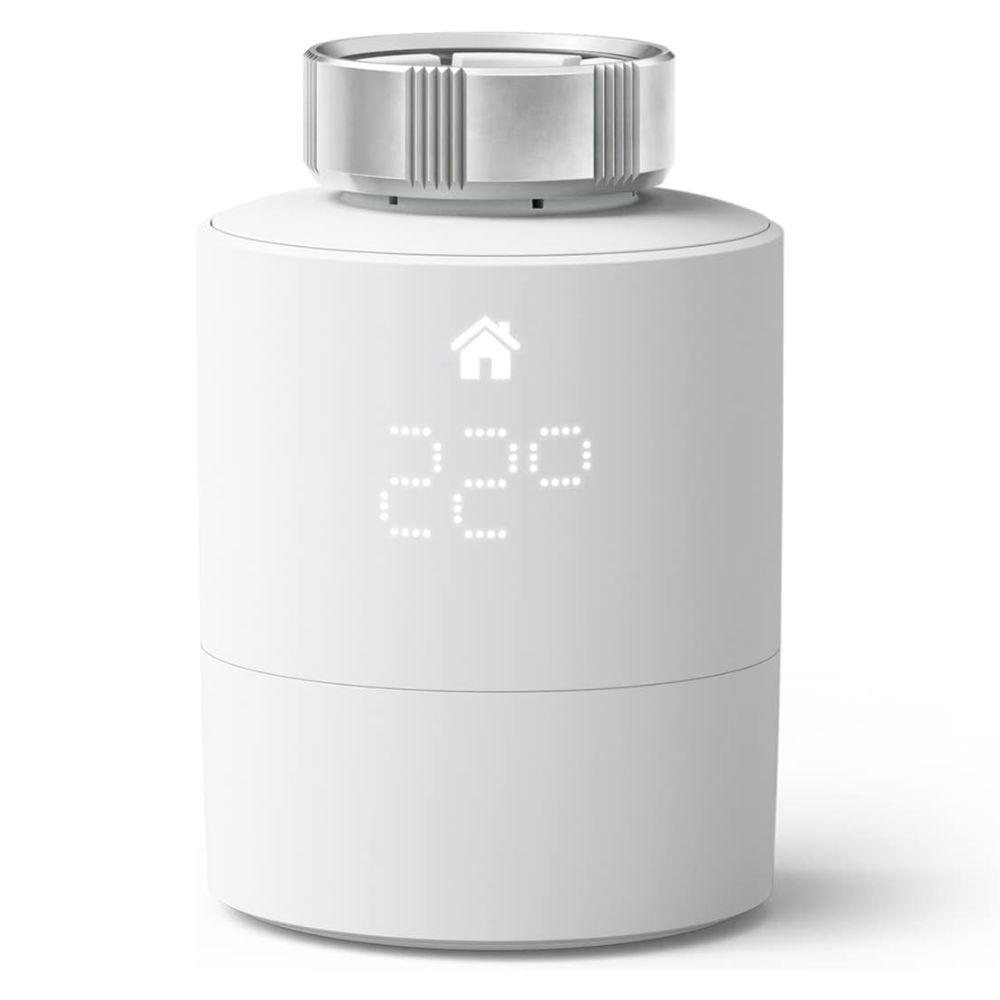

![Meaco 20l Low Energy Dehumidifier and Air Purifier 2 in 1- Dehumidifier for Medium to Large Size Homes - Controls Humidity & Cleans Air All Year Round With Hepa Filter [energy Class A] White](https://cdn.mos.cms.futurecdn.net/iNUqH6jacJv833HX4m2cRc.jpg)
